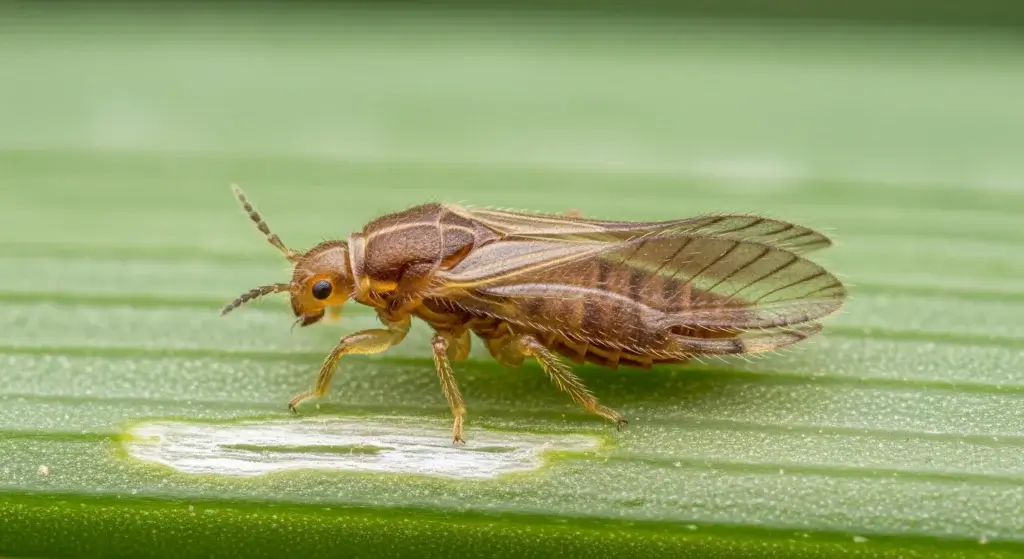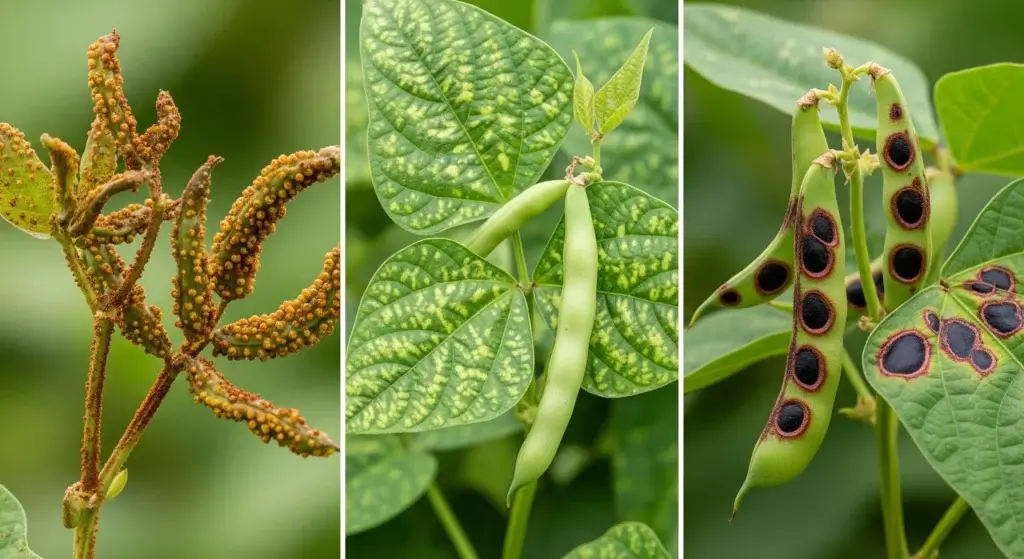
Onion downy mildew is a common and destructive fungal disease affecting onion crops worldwide.
It’s caused by the pathogen Peronospora destructor, which thrives in cool, moist conditions.
If left untreated, it can lead to significant yield losses, impacting both home gardeners and commercial farmers.
According to a study published in the Journal of Plant Pathology, onion downy mildew can reduce crop yields by up to 60%, making it crucial to recognize, prevent, and manage this disease effectively.
This comprehensive guide covers everything you need to know about onion downy mildew, including its symptoms, prevention methods, and effective control strategies.
What Is Onion Downy Mildew?
Onion downy mildew is a fungal disease caused by Peronospora destructor.
It specifically targets allium crops like onions, leeks, garlic, and shallots.
The disease thrives in wet and humid conditions, often spreading through airborne spores that land on the leaves of the plant.
Once infected, the disease progresses rapidly, especially under favorable conditions such as cool temperatures and high humidity levels.
This fungus can survive in soil and plant debris for several years, making it a persistent threat.
Infections often begin in the spring when temperatures range between 50-75°F (10-24°C) and there is prolonged leaf wetness, creating the ideal environment for the fungus to thrive.

Symptoms and Signs
Identifying onion downy mildew early is critical for effective management.
Some common symptoms and signs include:
- Yellow spots on leaves: Early signs include small, pale yellow spots on the leaves, which gradually expand into larger, irregular patches.
- Grayish fungal growth: As the disease progresses, a grayish-purple fungal growth, known as the sporangia, appears on the undersides of the leaves.
- Leaf wilting and collapse: Infected leaves may become limp, wilt, and eventually collapse, affecting the plant’s ability to photosynthesize and grow properly.
- Stunted growth and reduced bulb size: Downy mildew can severely stunt onion growth, resulting in smaller bulbs and reduced yields.
Early detection is crucial because once the disease spreads, it becomes challenging to control, especially in larger fields.
Prevention and Control Strategies
Preventing onion downy mildew requires an integrated approach that includes both cultural practices and, if necessary, chemical and biological controls.
Here are the most effective strategies:
Cultural Practices
Implementing good cultural practices is the first line of defense against onion downy mildew.
These methods not only reduce the risk of infection but also help in managing the disease if it does appear.
Crop rotation
Rotating your crops is crucial for preventing the buildup of Peronospora destructor in the soil.
It’s best to avoid planting onions or other allium crops in the same spot for at least 3 to 4 years.
This practice disrupts the fungus’s life cycle, making it less likely to infect your new plants.
Wide row spacing
Give your onion plants enough space by planting them with wider row spacing.
This allows better air circulation around the plants, which helps keep the leaves dry.
Since moisture on leaves can encourage downy mildew spores to germinate, improving airflow is an effective way to reduce the risk of infection.
Adequate drainage
Ensure your planting area has good drainage to prevent water from pooling around the base of the plants.
Downy mildew thrives in moist conditions, so keeping the soil well-drained helps minimize the risk.
Proper irrigation
Watering in the morning allows time for the foliage to dry during the day.
Avoid overhead watering, which can leave the leaves wet for prolonged periods.
Drip irrigation systems are ideal as they deliver water directly to the soil without wetting the leaves, reducing the likelihood of infection.
Resistant varieties
Some onion varieties are specifically bred to resist downy mildew.
Check with your local agricultural extension service or seed suppliers to find varieties that have shown resistance in your area.
Planting these resistant varieties can greatly reduce the impact of downy mildew on your crop.

Chemical control
When cultural practices alone aren’t enough to manage onion downy mildew, chemical control options, such as fungicides, can be effective.
Research published in the Journal of Agricultural and Food Chemistry shows that fungicides with active ingredients like mancozeb, chlorothalonil, or metalaxyl can help control this disease.
Application guidelines
- Apply early: It’s best to apply fungicides at the first signs of infection or as a preventive measure during cool, wet weather when downy mildew is more likely to develop.
- Follow instructions: Always read and follow the label instructions carefully. This helps prevent resistance buildup, which can make fungicides less effective over time.
- Rotate products: To maintain effectiveness and reduce the risk of resistance, consider rotating between different fungicides that have different modes of action.
Biological Control
Biological control is an eco-friendly approach to managing onion downy mildew by using natural predators or beneficial organisms.
Although this method is still evolving, some growers have found success with microbial fungicides that contain helpful bacteria or fungi.
These products work by colonizing the surface of the plants, where they can outcompete or attack the downy mildew pathogens.
Effective examples
Products containing Bacillus subtilis or Trichoderma spp. have shown promise in suppressing downy mildew and other fungal diseases.
Research published in the Journal of Biological Control indicates that these biological agents can significantly reduce infection rates and protect crops, all while avoiding harmful chemical residues.

Integrated Pest Management (IPM) Techniques
Managing onion downy mildew effectively often requires a combination of strategies.
Integrated Pest Management (IPM) focuses on using a variety of control methods together to minimize the impact of the disease while reducing the reliance on chemicals.
Steps for Implementing IPM
Cultural practices
Begin by adopting good cultural practices, such as crop rotation, ensuring proper plant spacing, and choosing onion varieties that are resistant to downy mildew.
These steps help create a healthier growing environment.
Regular monitoring
Keep an eye on your plants for any early signs of infection.
Early detection is key to managing outbreaks. Only use fungicides when absolutely necessary, based on your observations.
Biological controls
Incorporate biological control methods when available.
These natural options can help manage downy mildew without depending solely on chemical treatments.
Final Thoughts
Onion downy mildew is a challenging disease that requires proactive management to minimize its impact.
By understanding the disease, recognizing its symptoms early, and implementing a combination of cultural, chemical, and biological controls, you can protect your onion crop and achieve a healthy harvest.
Always consider an integrated approach, as it offers the best chance of reducing the disease’s impact while maintaining sustainable and environmentally friendly growing practices.
FAQs
Yes, onion downy mildew primarily affects allium crops like leeks, garlic, and shallots, but it is specific to these types of plants and will not spread to non-allium crops.
The pathogen can survive in soil and plant debris for several years, which is why crop rotation and proper sanitation are crucial in managing the disease.
Yes, organic options include using copper-based fungicides and biological treatments like Bacillus subtilis. Combining these with good cultural practices can be effective.
Apply fungicides early, as soon as the first symptoms appear or during periods of high risk (cool, wet weather). Always follow label instructions for safe and effective use.



